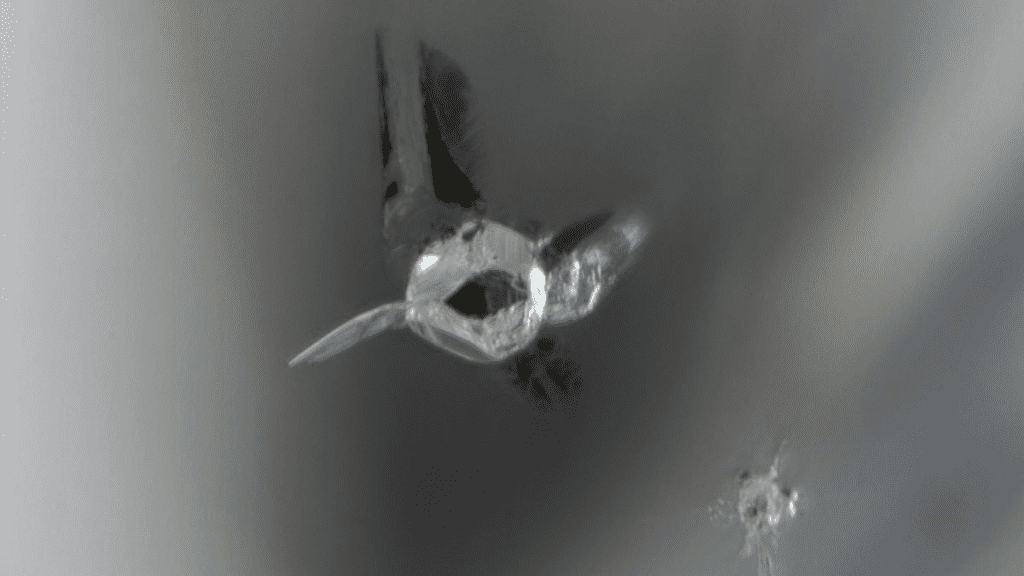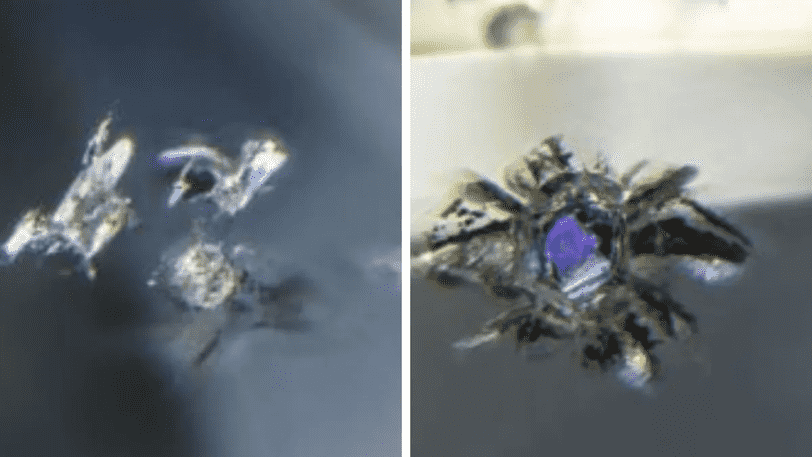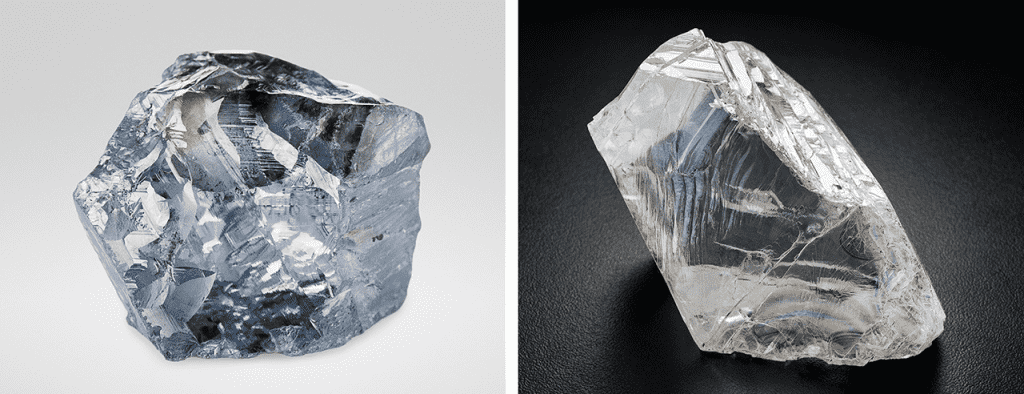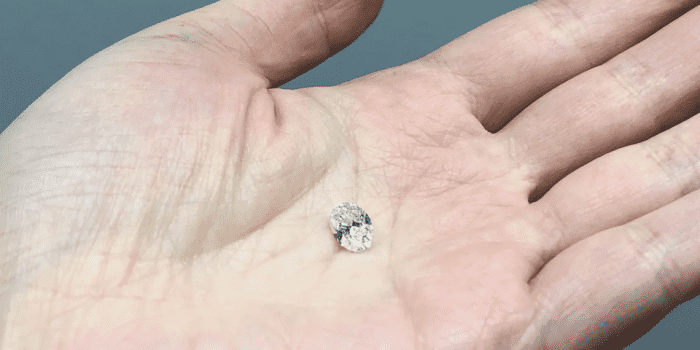The Earth occasionally spews hints about its existence: tiny chthonic diamonds encasing skerricks of uncommon mineral. We can gather tidbits of knowledge about our planet’s innards from these small pieces.
A diamond of this sort was recently discovered in Botswana at a diamond mine. It features defects like as ringwoodite, ferropericlase, enstatite, and other minerals, showing that the diamond formed 660 kilometres (410 miles) beneath the Earth’s surface.

Furthermore, they signal that the environment in which they formed – a 660-kilometer discontinuity (or, to put it another way, the transition zone) between the upper and lower mantle – is water-rich.
“The occurrence of ringwoodite together with the hydrous phases indicate a wet environment at this boundary,” wrote a team of researchers led by mineral physicist Tingting Gu of the Gemological Institute of New York and Purdue University.
The ocean covers the majority of the Earth’s surface. However, considering the hundreds of kilometers between the planet’s surface and its core, they’re barely a puddle. Even at its lowest point, the ocean is only around 11 kilometers (7 miles) thick from the surface to the bottom.
However, the Earth’s crust is broken and shattered, with various tectonic plates grinding together and slipping beneath each other’s edges. Water penetrates deeper into the earth at these subduction zones, reaching as far as the lower mantle.

It eventually makes its way back to the surface due to volcanic activity. This slurp-down, spew-out loop is known as the deep water cycle and is distinct from the surface water cycle. Water availability, for example, can alter the explosiveness of a volcanic eruption and play a role in seismic activity.
We have to wait for evidence of the water to come to us since we can’t go down there, as it does in the form of diamonds that form crystal cages under high heat and pressure.
Gu and her colleagues recently investigated such a gem in depth, discovering 12 mineral inclusions and a cluster of milky inclusions. To establish their composition, the researchers investigated these inclusions using micro-Raman spectroscopy and X-ray diffraction.
They discovered an assemblage of ringwoodite (magnesium silicate) in contact with ferropericlase (magnesium/iron oxide) and enstatite among the inclusions (another magnesium silicate with a different composition).

Tingting Gu is eagerly anticipating the appearance of such unique gems. So Gu and her coworkers started investigating the diamond found in the Botswana mine to learn more about its origins.
We can still not access the Earth’s core even with technological advances. Therefore we must wait for evidence to surface before examining it to conclude.
The findings were reported in Nature Geoscience.


